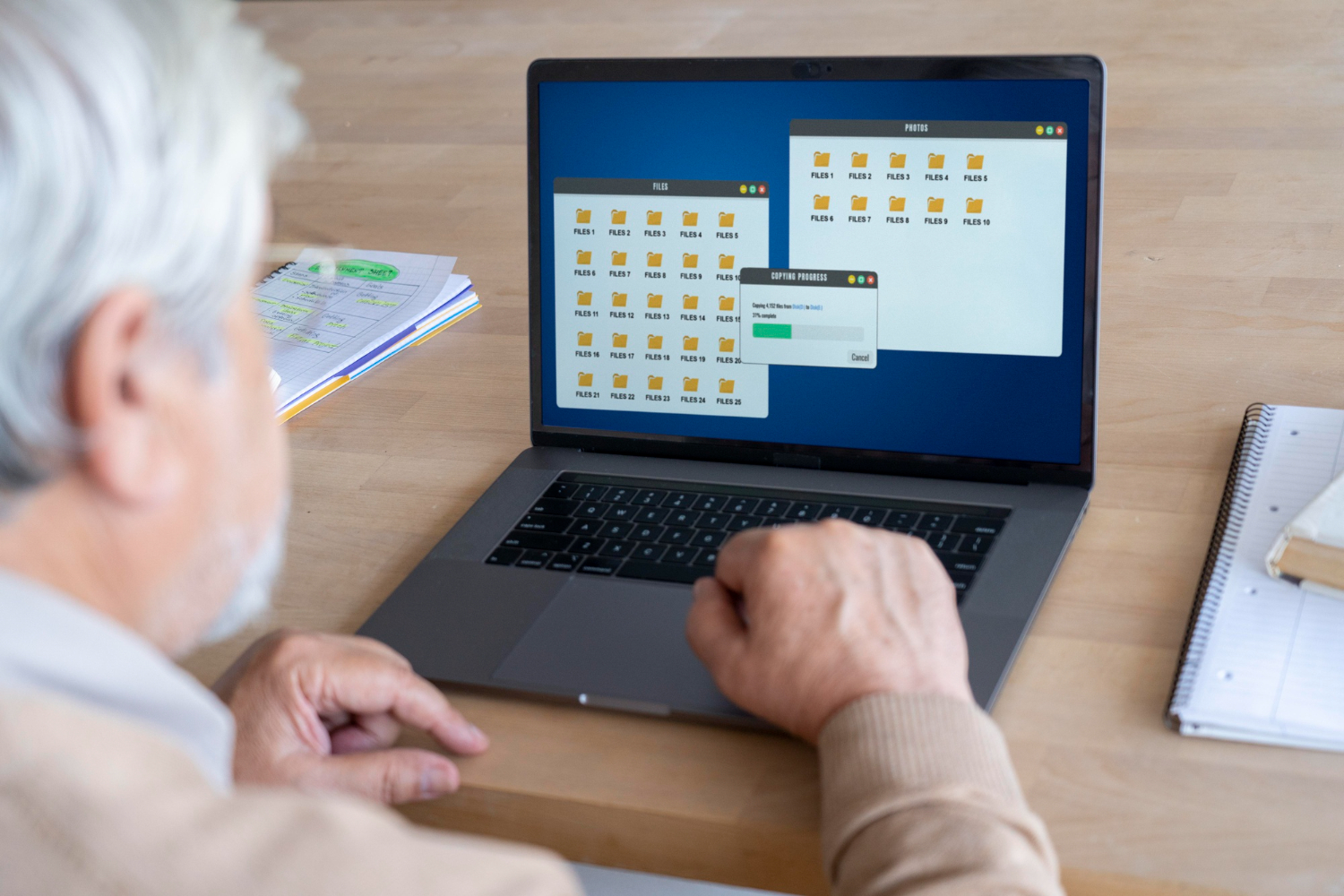Imagine this: You are running a small aged care facility. You are juggling staff schedules, resident care plans, and compliance requirements all while trying to make sure your residents feel comfortable and cared for. Now, picture having a tool that helps you keep an eye on your residents’ health without being physically present for every check-up. That is where telehealth comes in.
Telehealth is not just a passing trend. It is changing how aged care facilities operate, making it easier to monitor residents, deliver timely care, and improve overall well-being. But how does it all work, and more importantly, how can you adopt it effectively? Let us break it down.
What is Telehealth in Aged Care?
Telehealth uses technology to provide healthcare services remotely. In aged care facilities, it means connecting residents with doctors, nurses, or specialists through video calls, phone consultations, or remote monitoring devices. It is like having a virtual clinic without the need for travel or long waits.
This approach is especially helpful for aged care facilities in Australia, where many residents have mobility challenges or live far from healthcare providers.
Why Does Telehealth Matter for Aged Care?
Telehealth makes a significant difference in aged care because it:
- Improves access to care: Residents can consult healthcare professionals without leaving the comfort of their rooms.
- Saves time: No more waiting for a doctor to visit or arranging costly transportation.
- Supports staff: It gives care teams the tools they need to monitor residents and get professional advice quickly.
Let us face it, aged care staff already wear many hats. Telehealth can take some of the weight off their shoulders by providing better ways to address residents’ health needs.
.png)
How Remote Care Works in Practice
Picture Mrs. Harper, an 82-year-old resident with diabetes. Instead of scheduling frequent trips to the clinic, her blood sugar levels are monitored remotely using a device that sends data to her doctor. If her readings go out of range, the doctor can step in immediately.
This kind of remote care keeps Mrs. Harper safe while saving time and resources for everyone involved.
Telehealth Adoption: What You Need to Know
Adopting telehealth is not as complicated as it might sound. Start small and focus on what matters most to your residents and staff. Here are some tips to get you going:
- Assess your needs: What challenges do you face in delivering care?
- Choose the right tools: Look for user-friendly platforms and devices that suit your residents’ needs.
- Train your team: Make sure staff feel confident using telehealth tools.
- Get residents involved: Explain how telehealth can help them and address their concerns.
.png)
Overcoming Challenges in Telehealth Adoption
Let us not sugarcoat it—getting started with telehealth can have its hurdles. Some residents may resist the change, and staff might need time to adjust. But with patience and clear communication, these obstacles can be tackled.
For example, use simple language when explaining telehealth to residents. Instead of talking about “digital transformation,” just say, “This is a way to talk to your doctor without leaving your room.”
Resident Monitoring: Keeping Everyone in the Loop
One of telehealth’s standout features is remote monitoring. From tracking heart rates to keeping tabs on medication schedules, it is like having a watchful eye on residents’ health without being intrusive.
By regularly reviewing data from monitoring devices, your care team can catch potential issues early. Think of it as nipping problems in the bud before they grow into something bigger.
How Governa.ai Supports Telehealth Integration
At Governa.ai, we understand the unique challenges of small aged care facilities. Our compliance software helps you stay on top of regulations while integrating telehealth into your daily operations.
Whether it is setting up resident monitoring systems or ensuring secure communication channels, Governa.ai makes the process smoother and stress-free.
The Future of Aged Care with Telehealth
Telehealth is not about replacing personal care—it is about making it better. By embracing technology, you can provide residents with the attention they deserve while making life a little easier for your staff.
It is a win-win situation, and the sooner you start, the sooner you can see the benefits for your facility.
Final Thoughts
Telehealth in aged care is not just a new way to do things; it is a better way to care for your residents. With the right tools, training, and support, even small facilities can provide top-notch care that feels personal and professional.
Ready to make the leap? Governa.ai is here to help you every step of the way.










